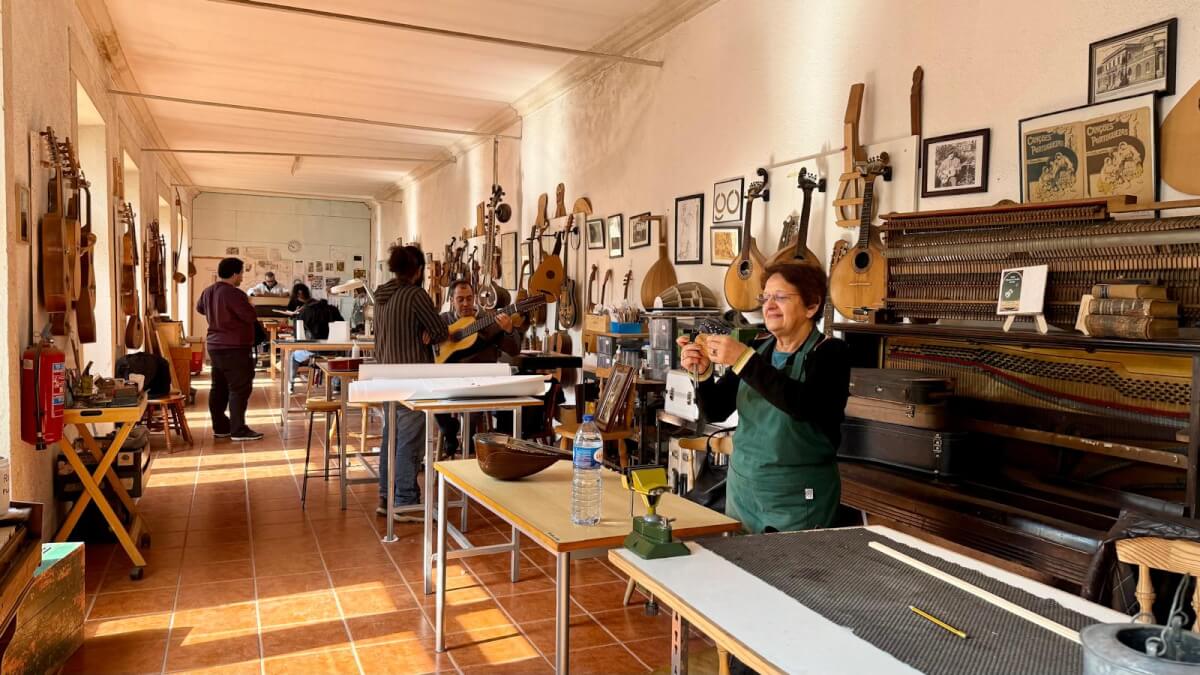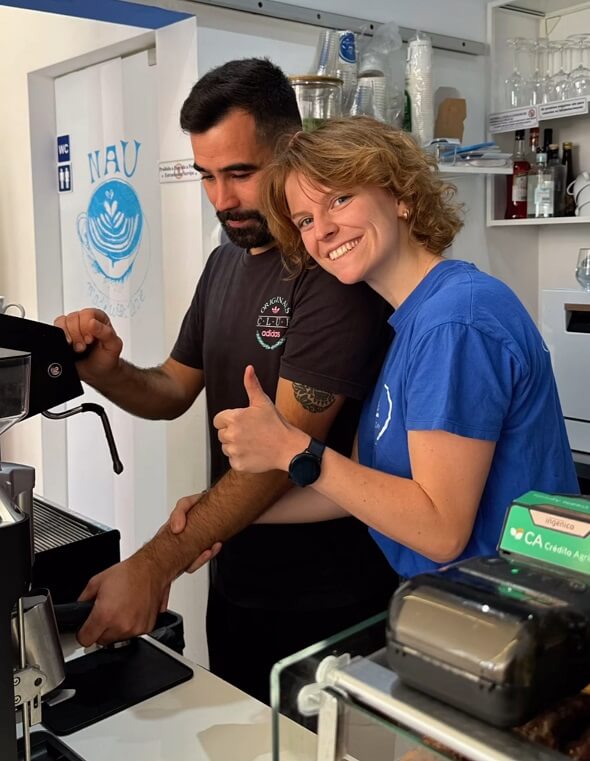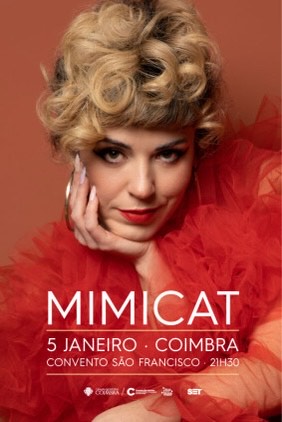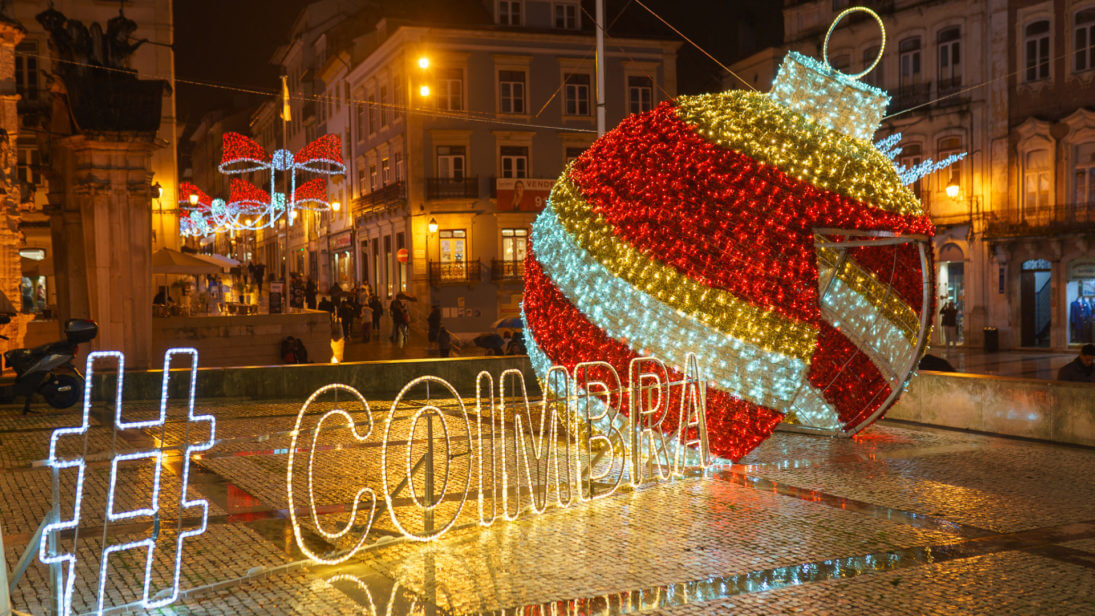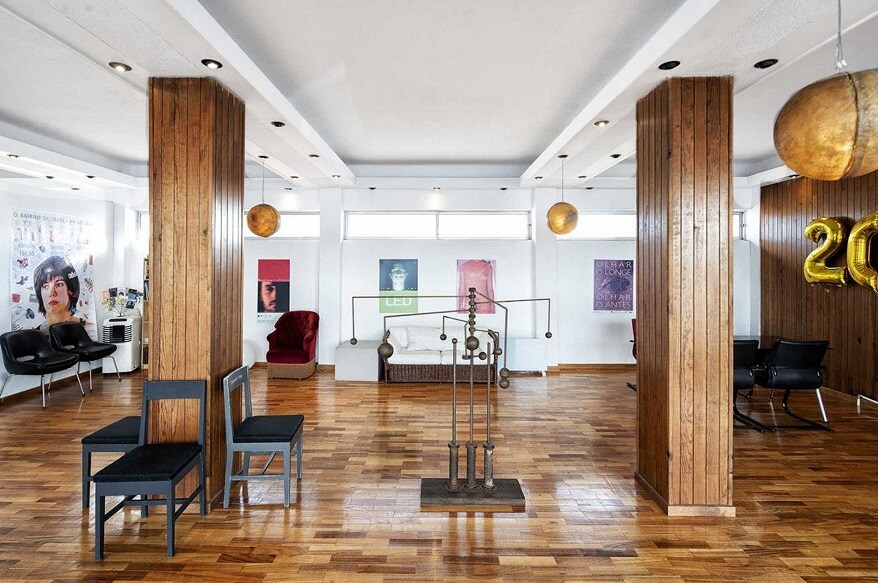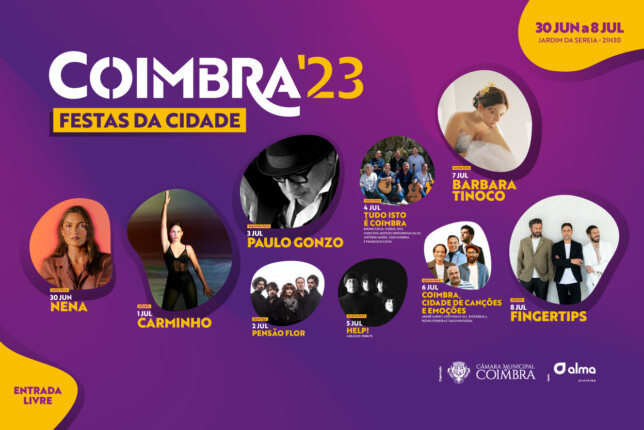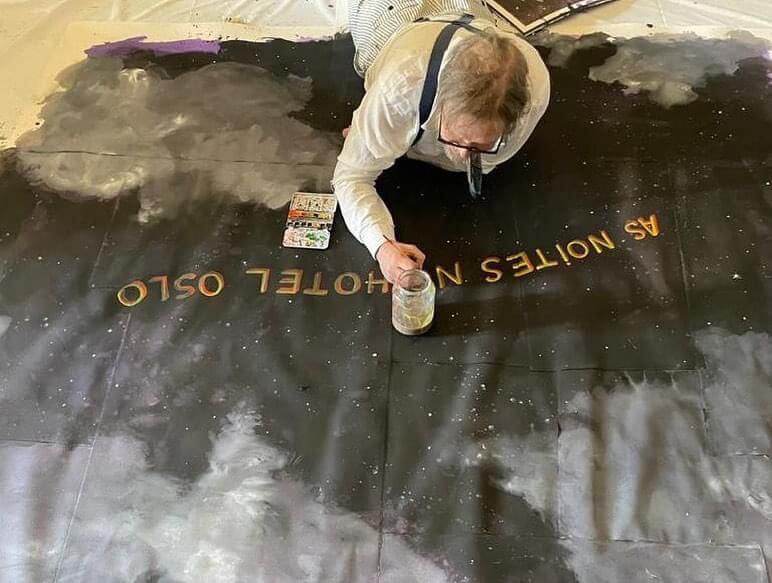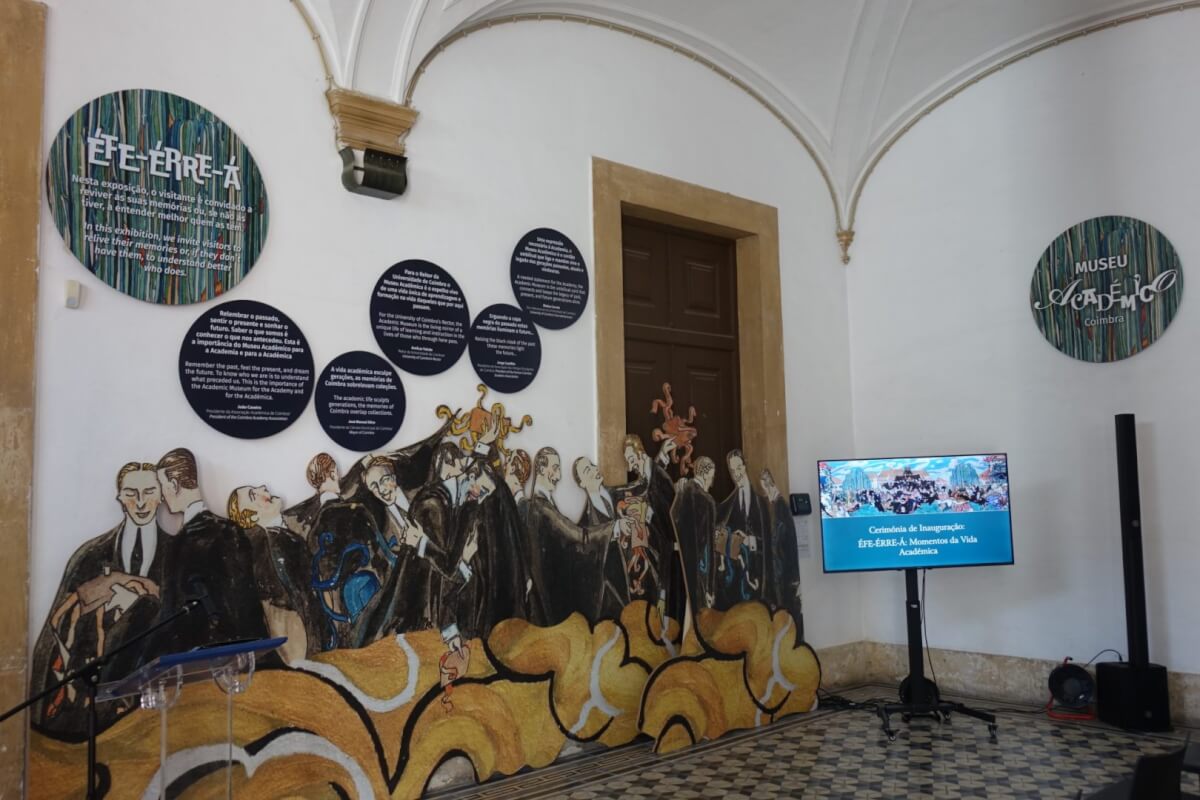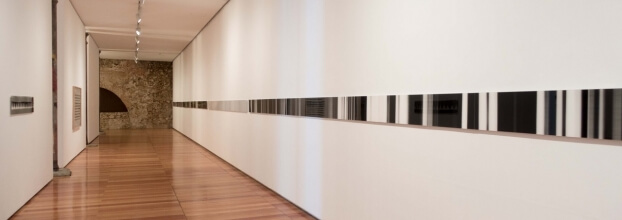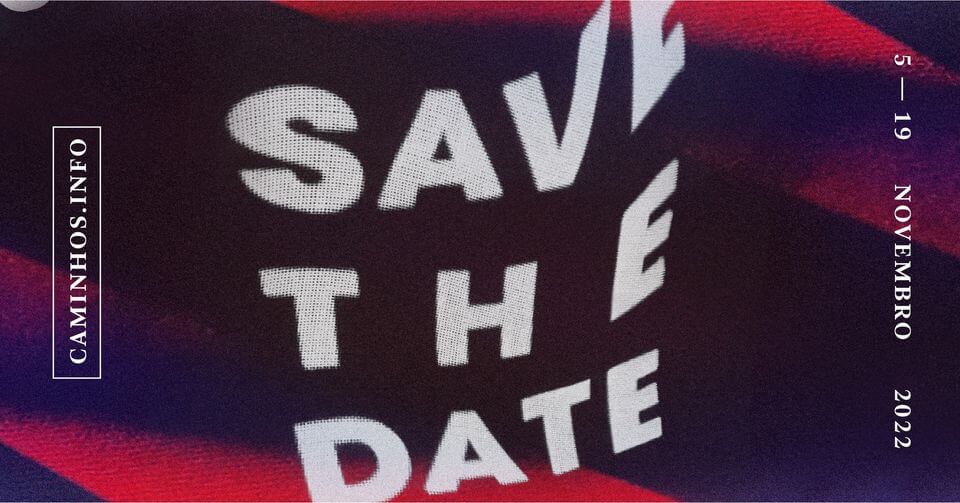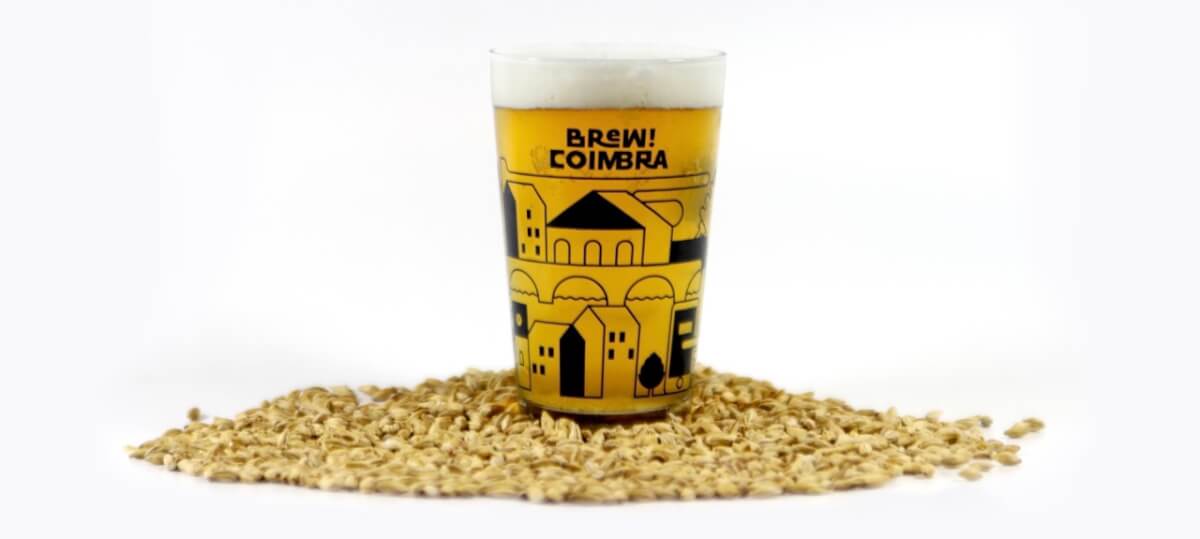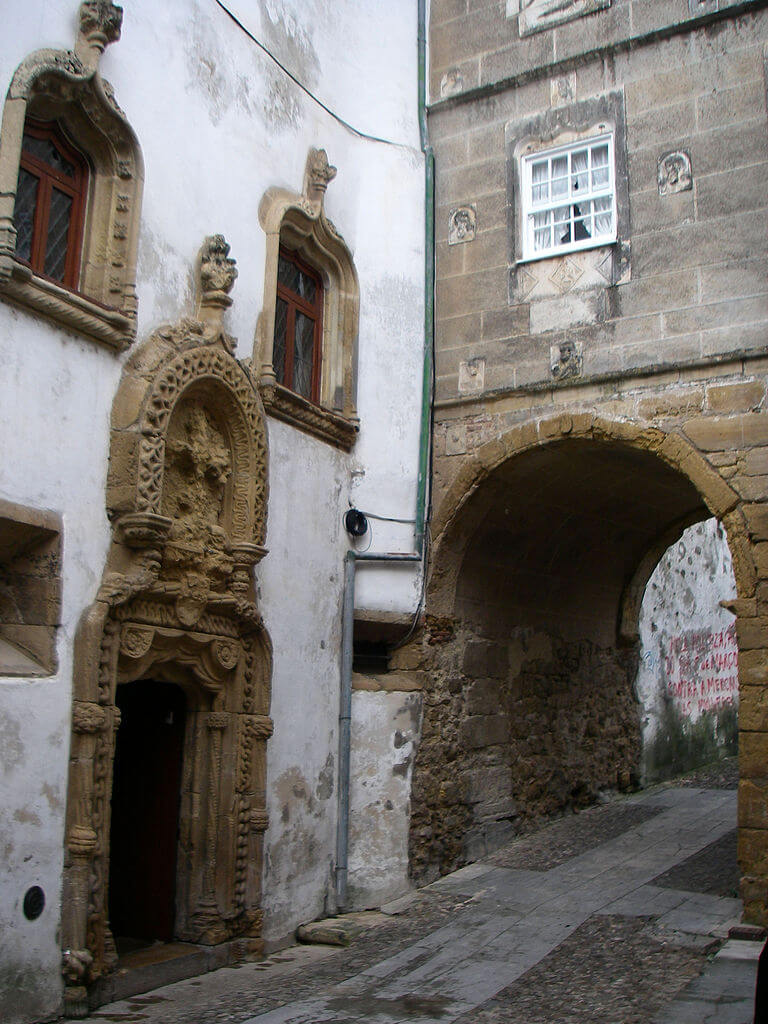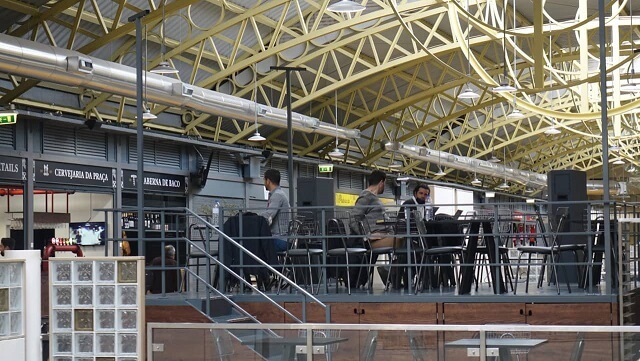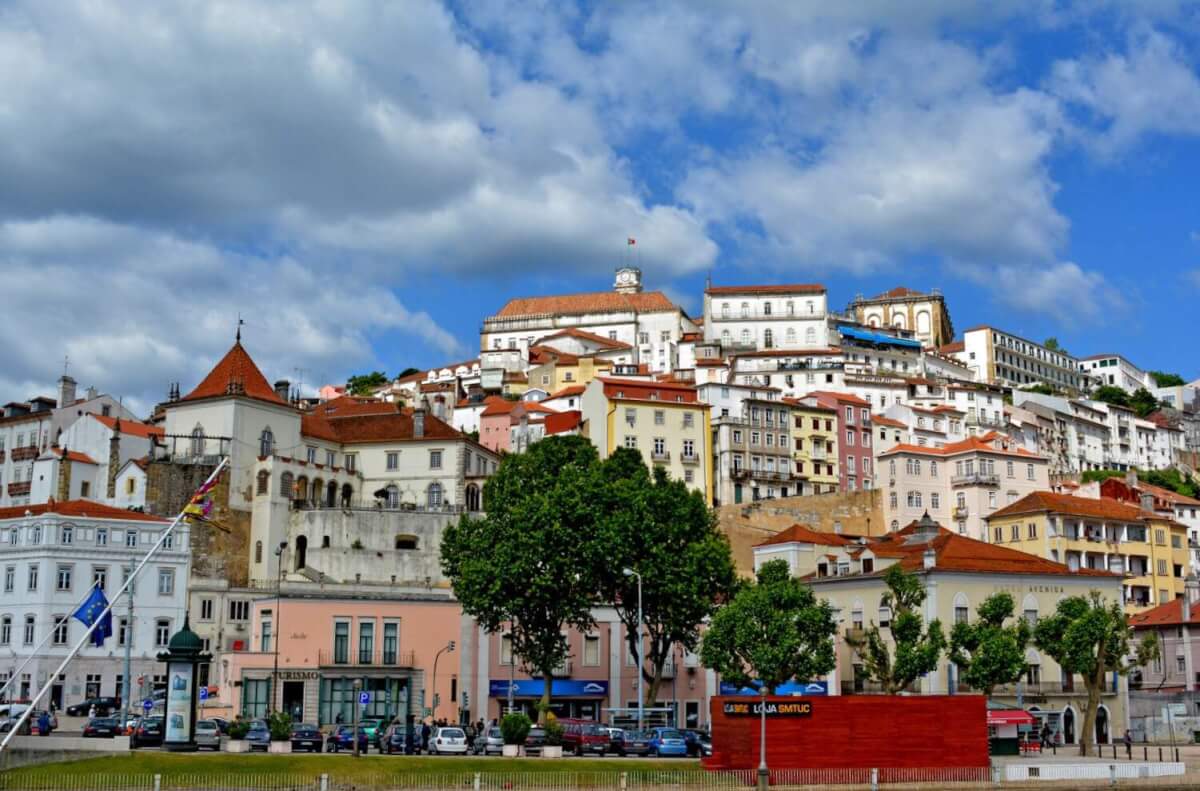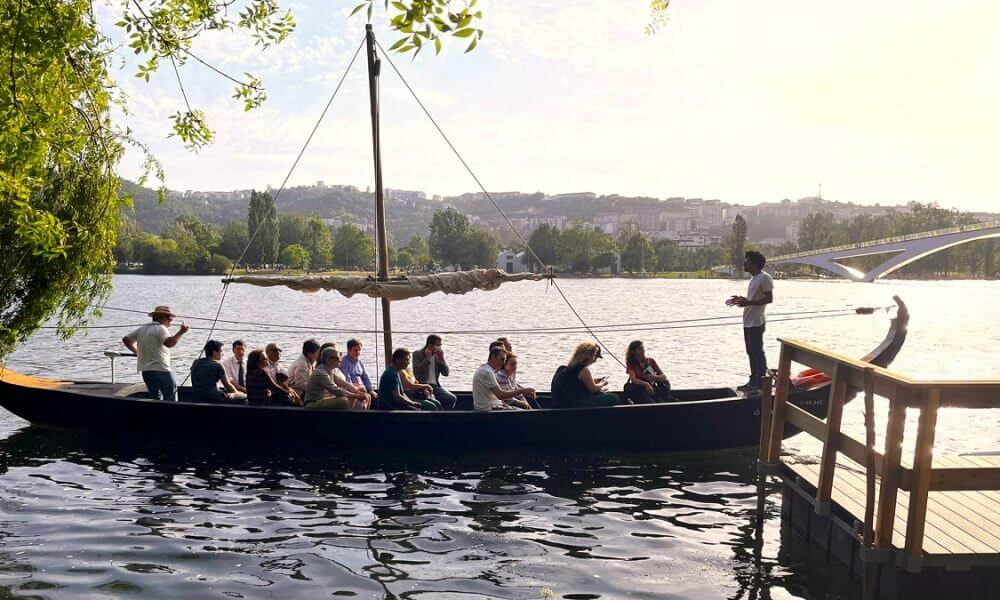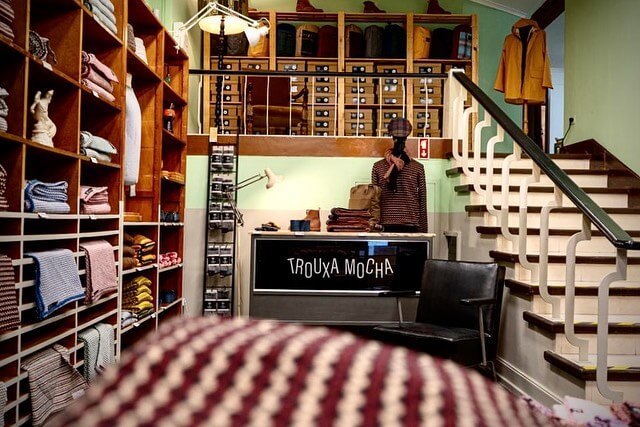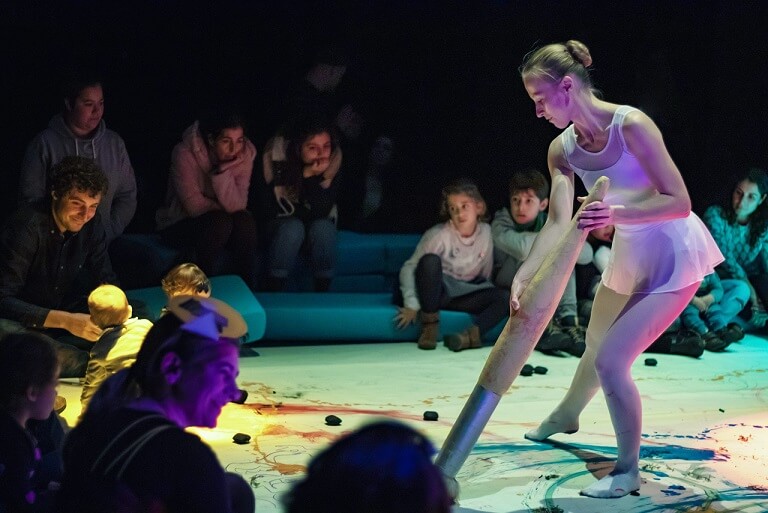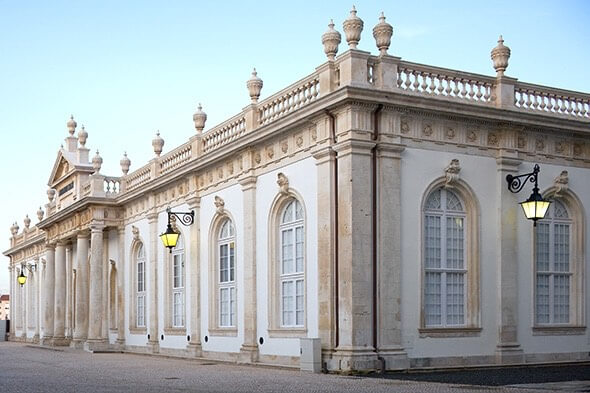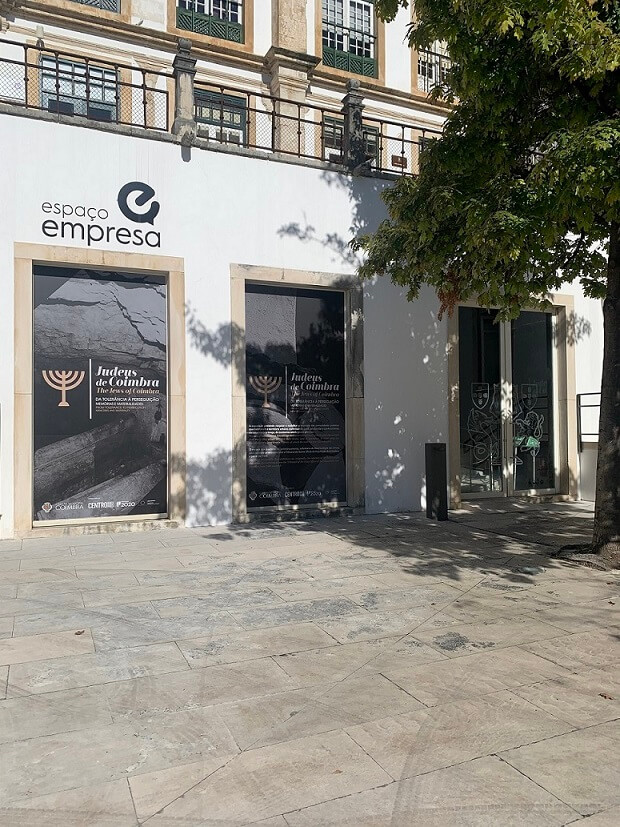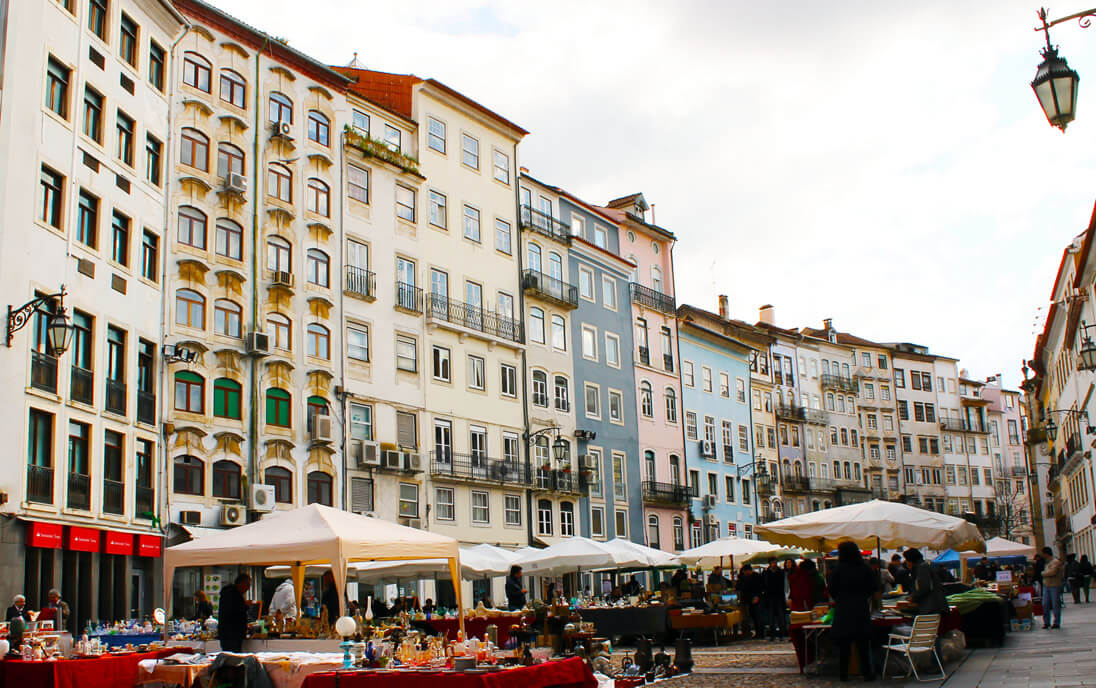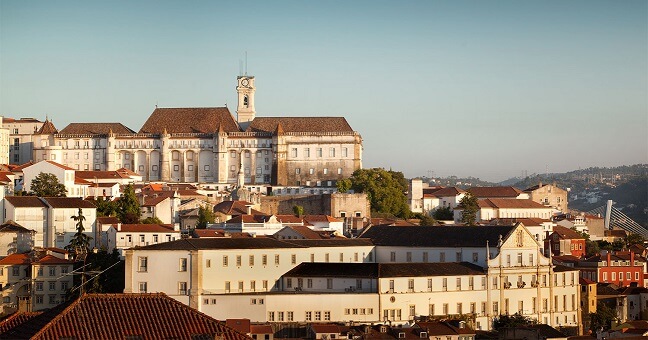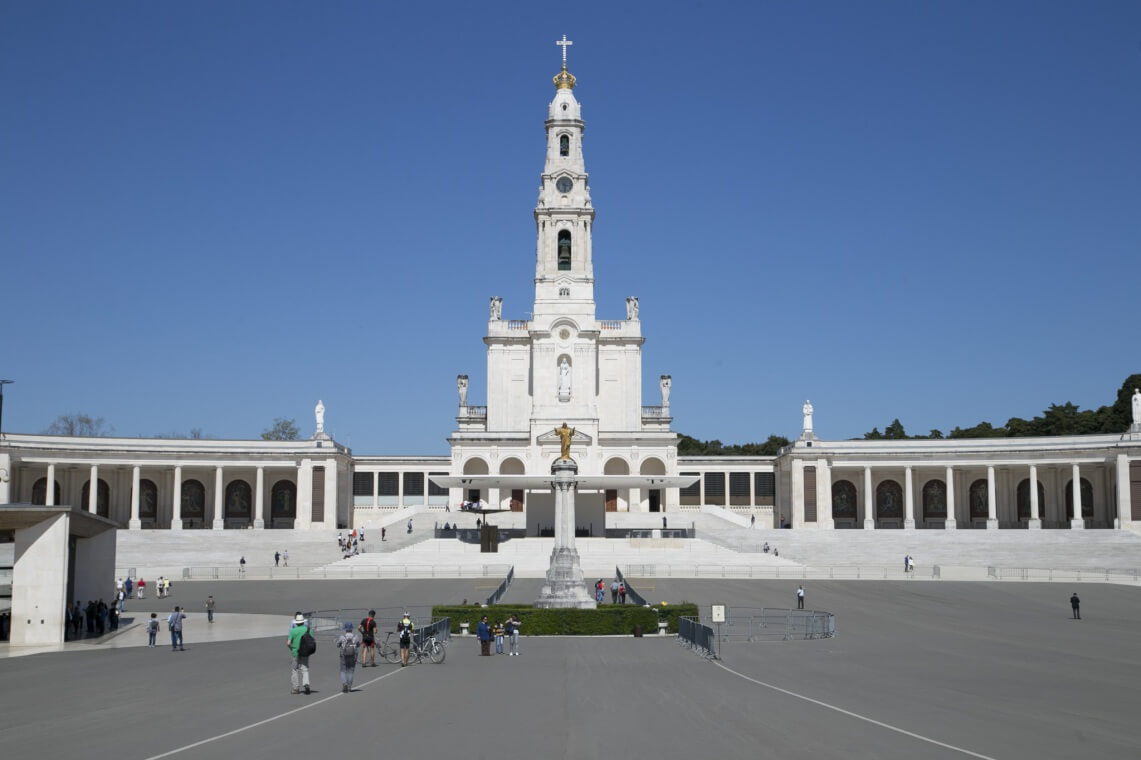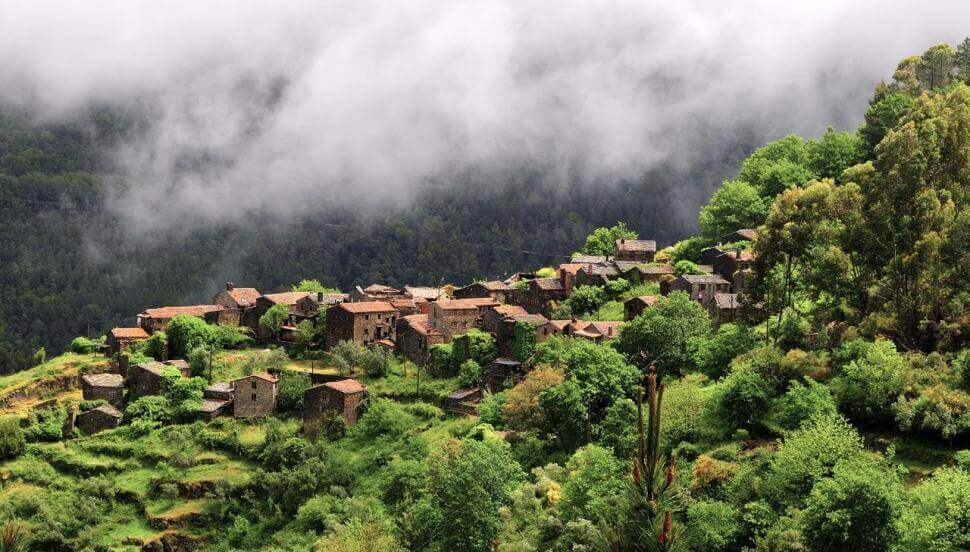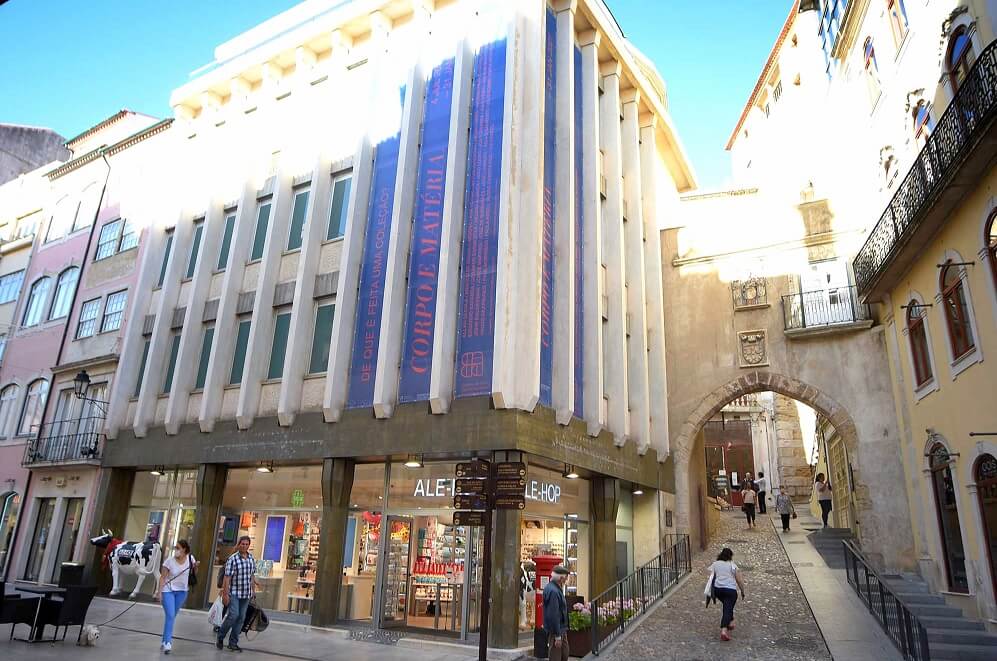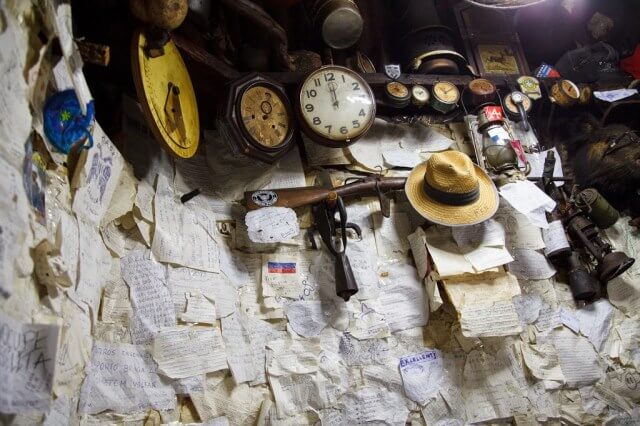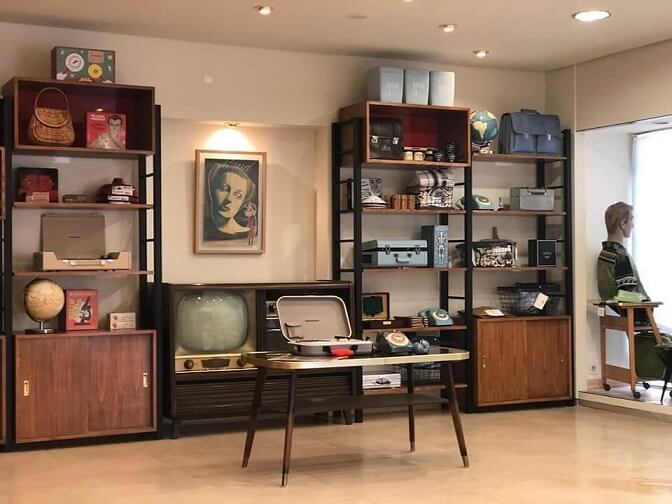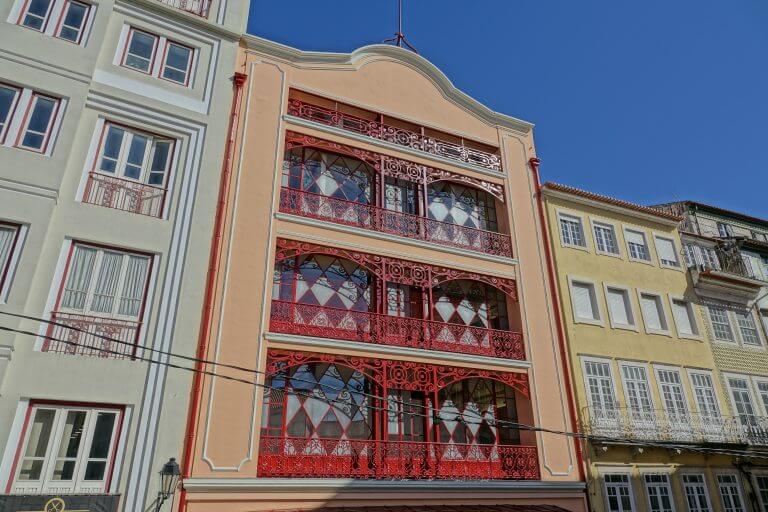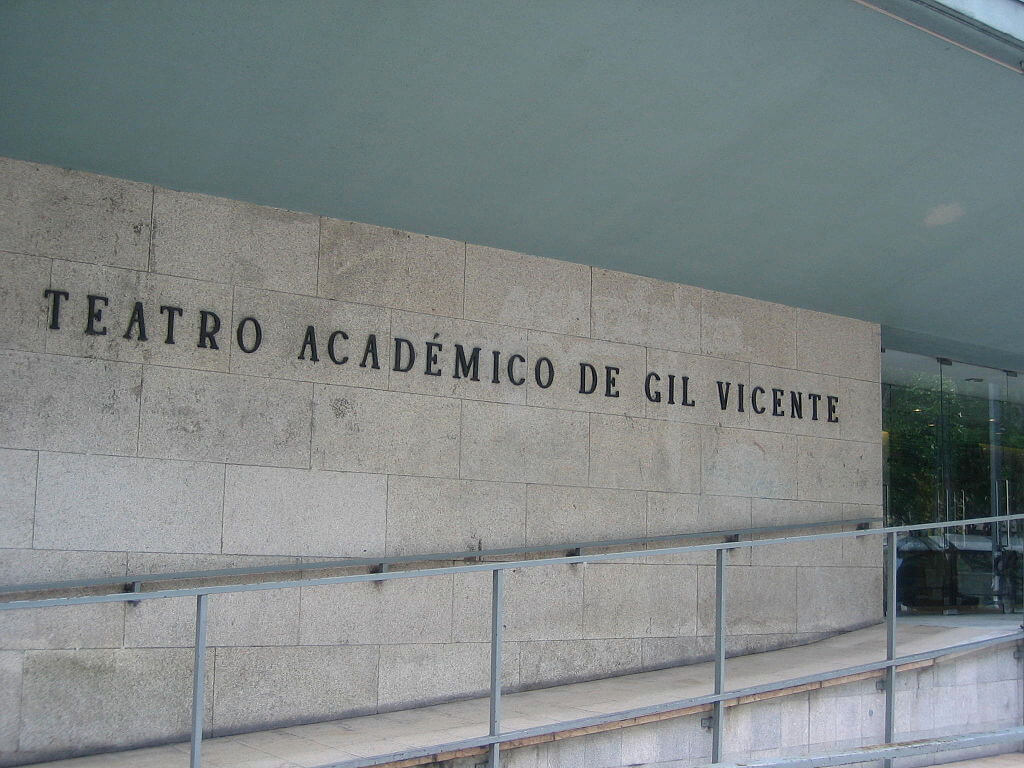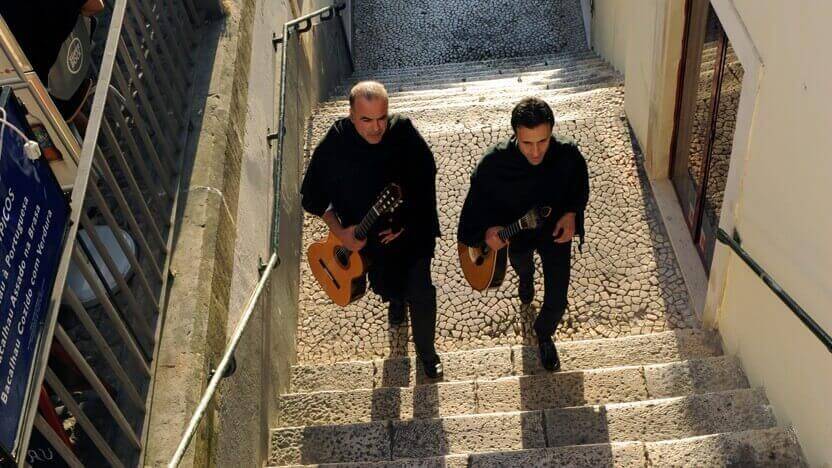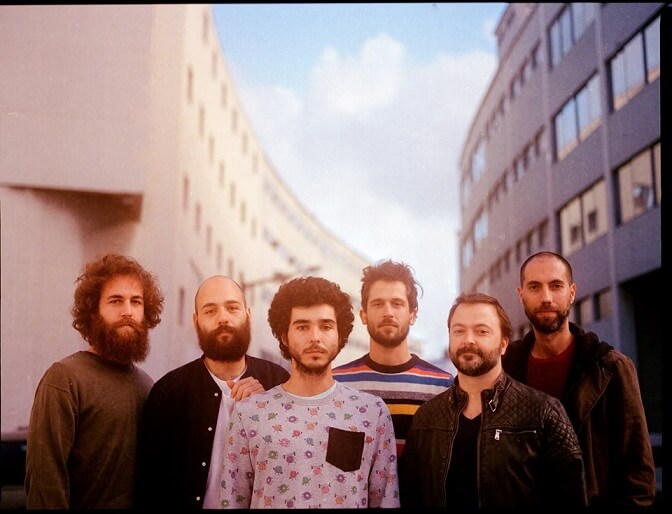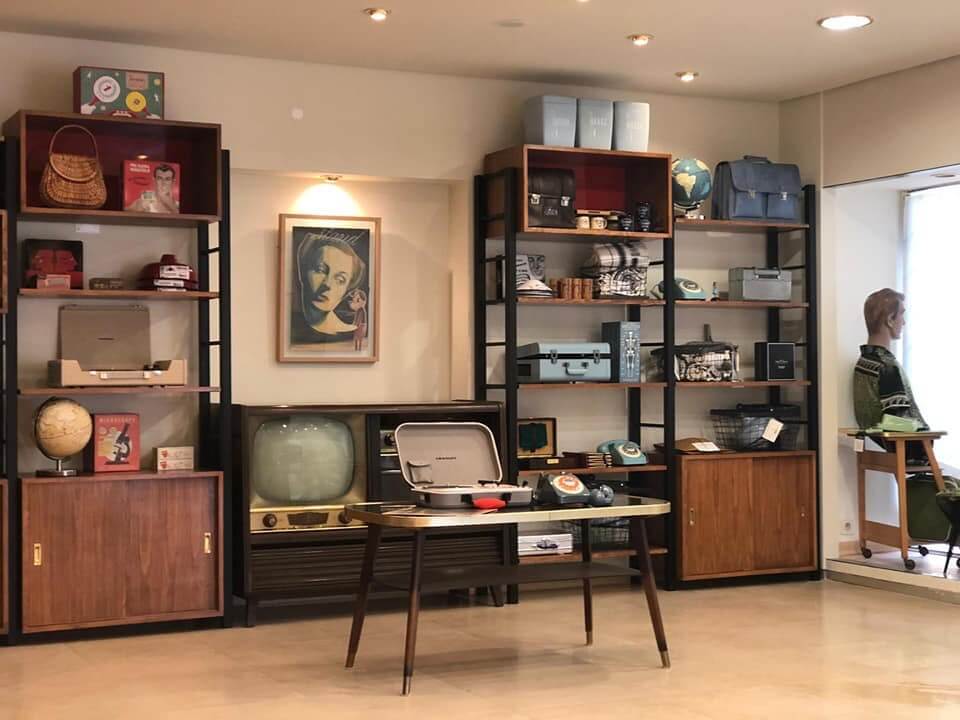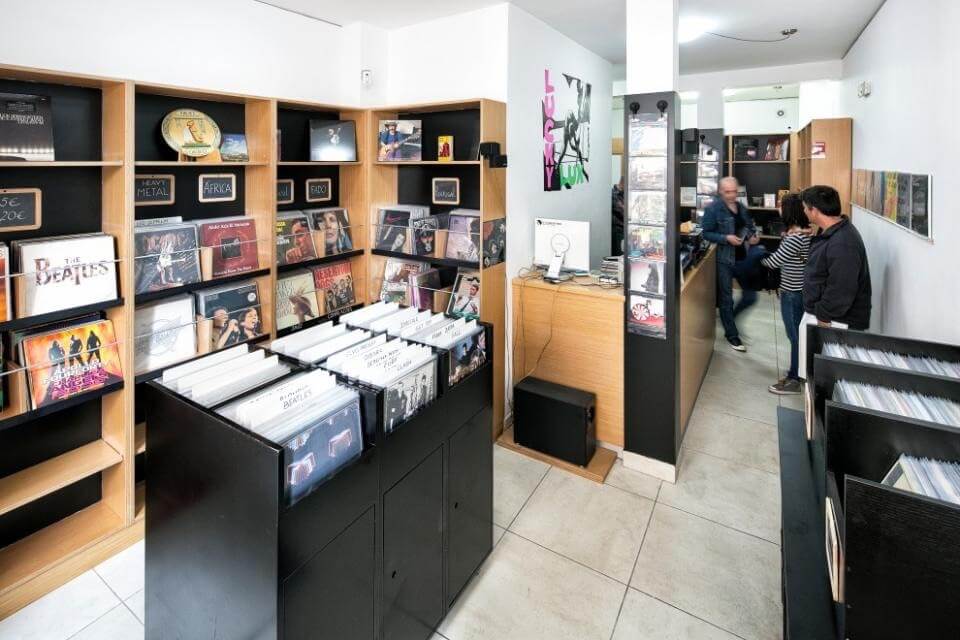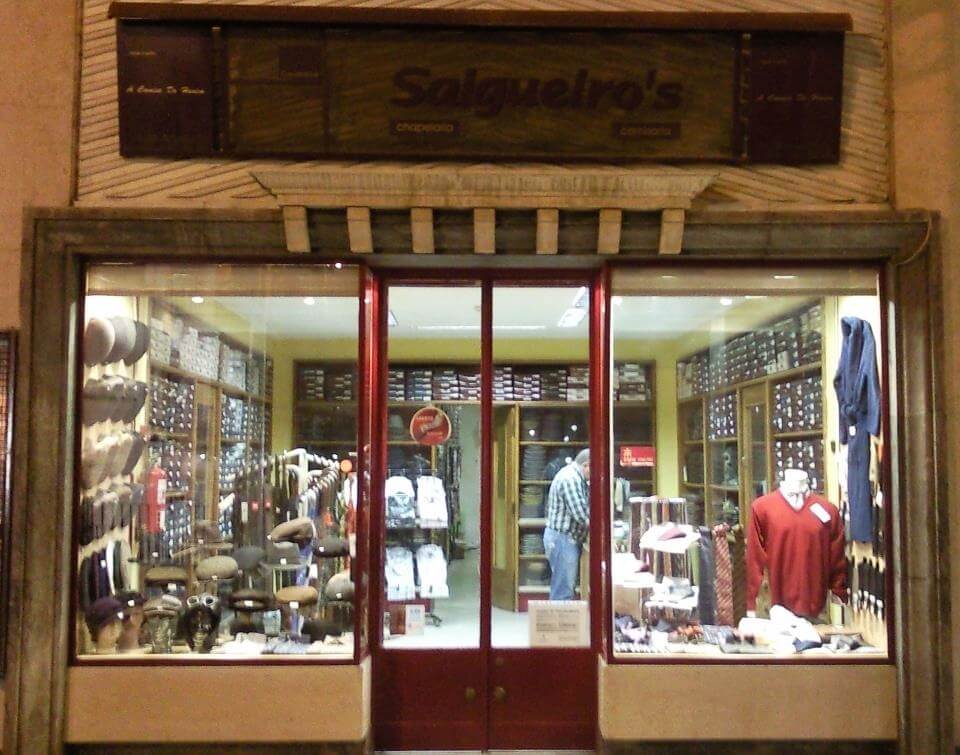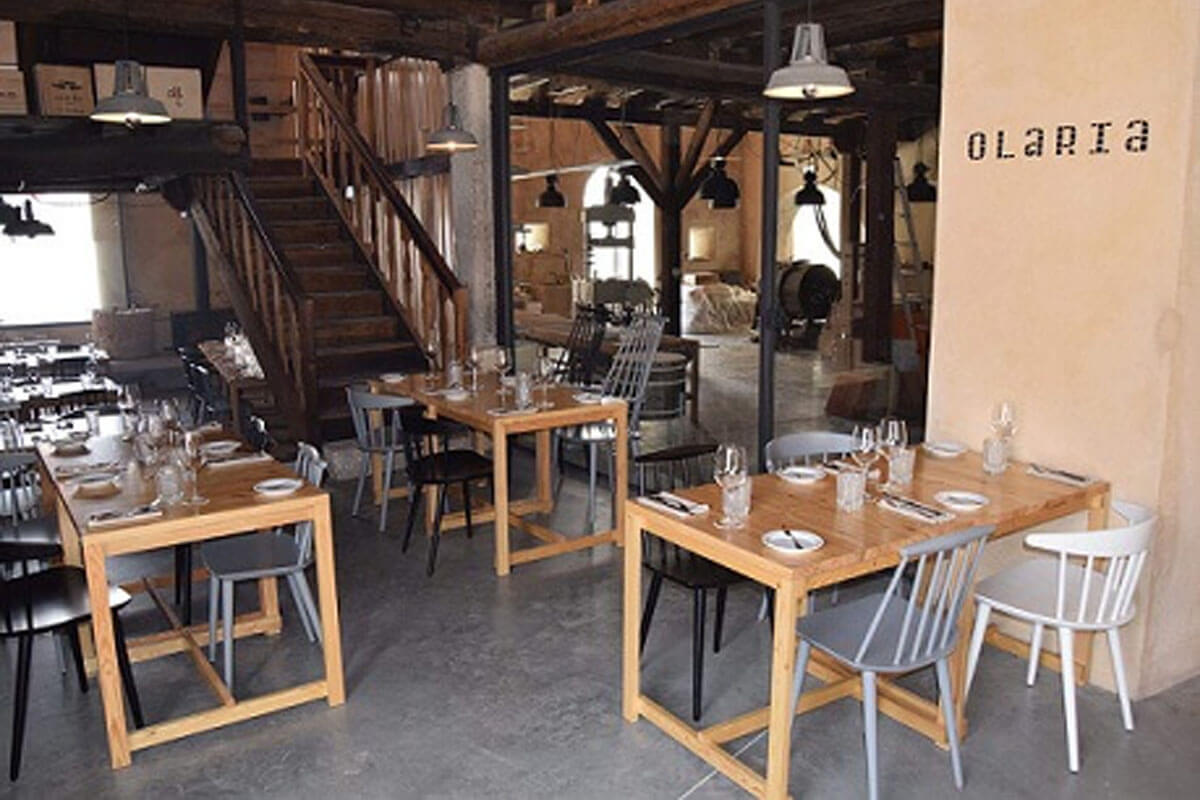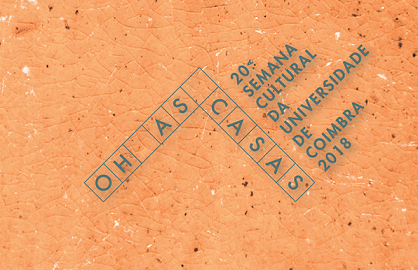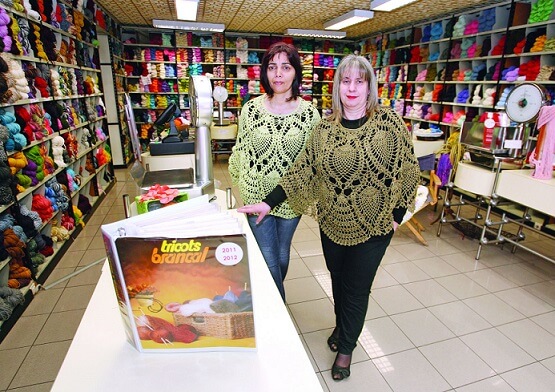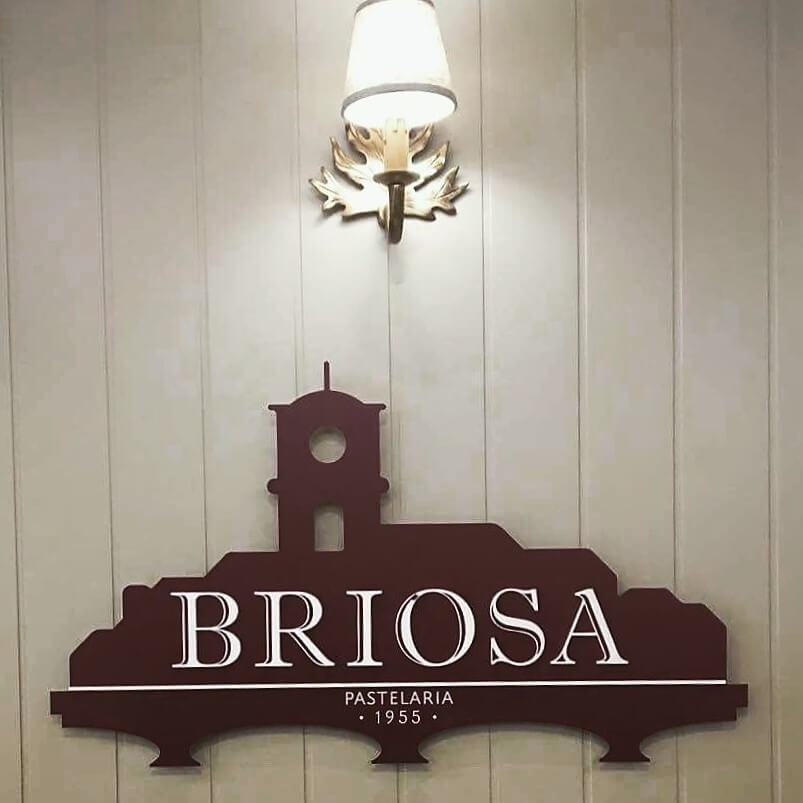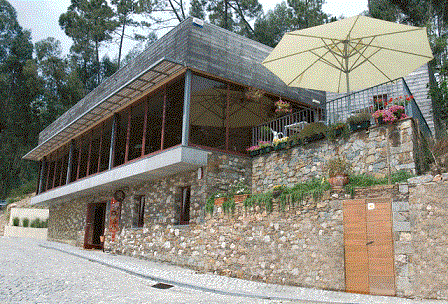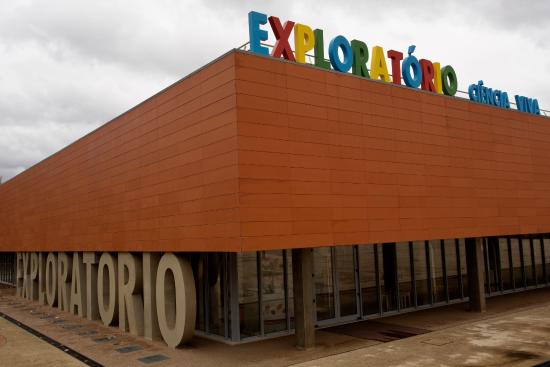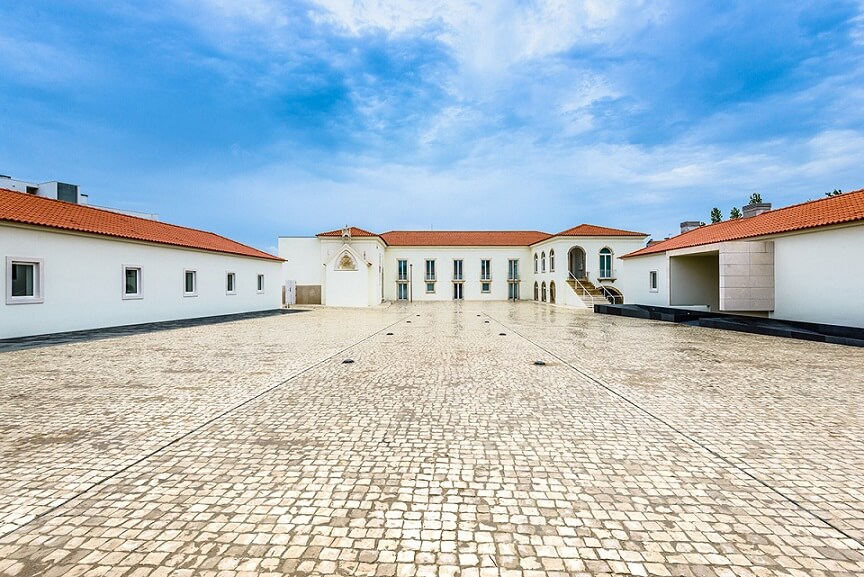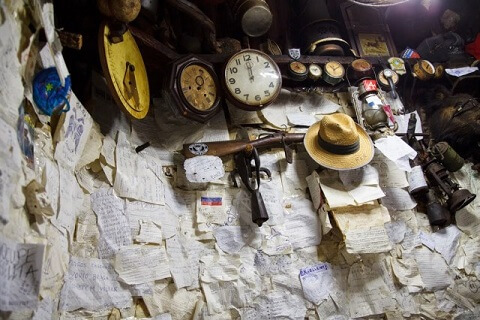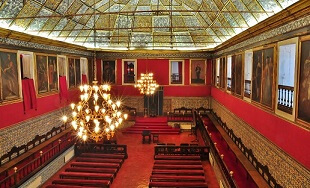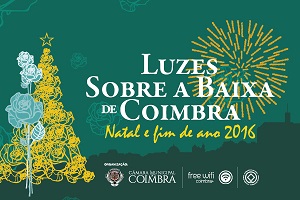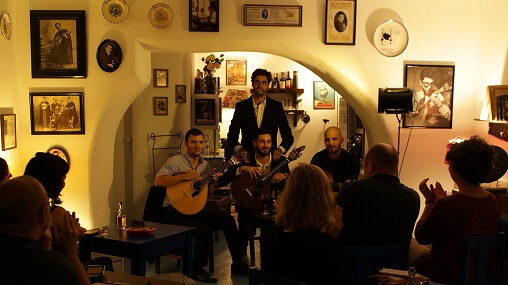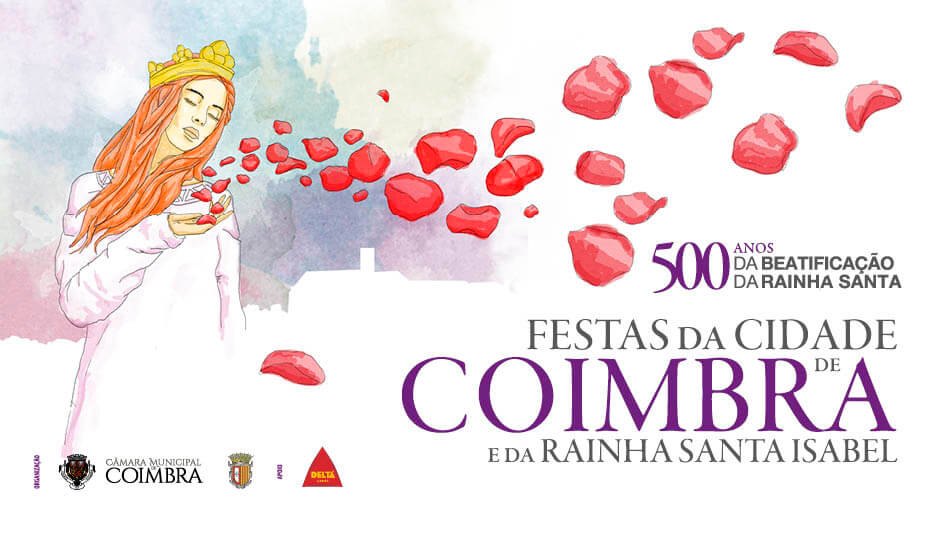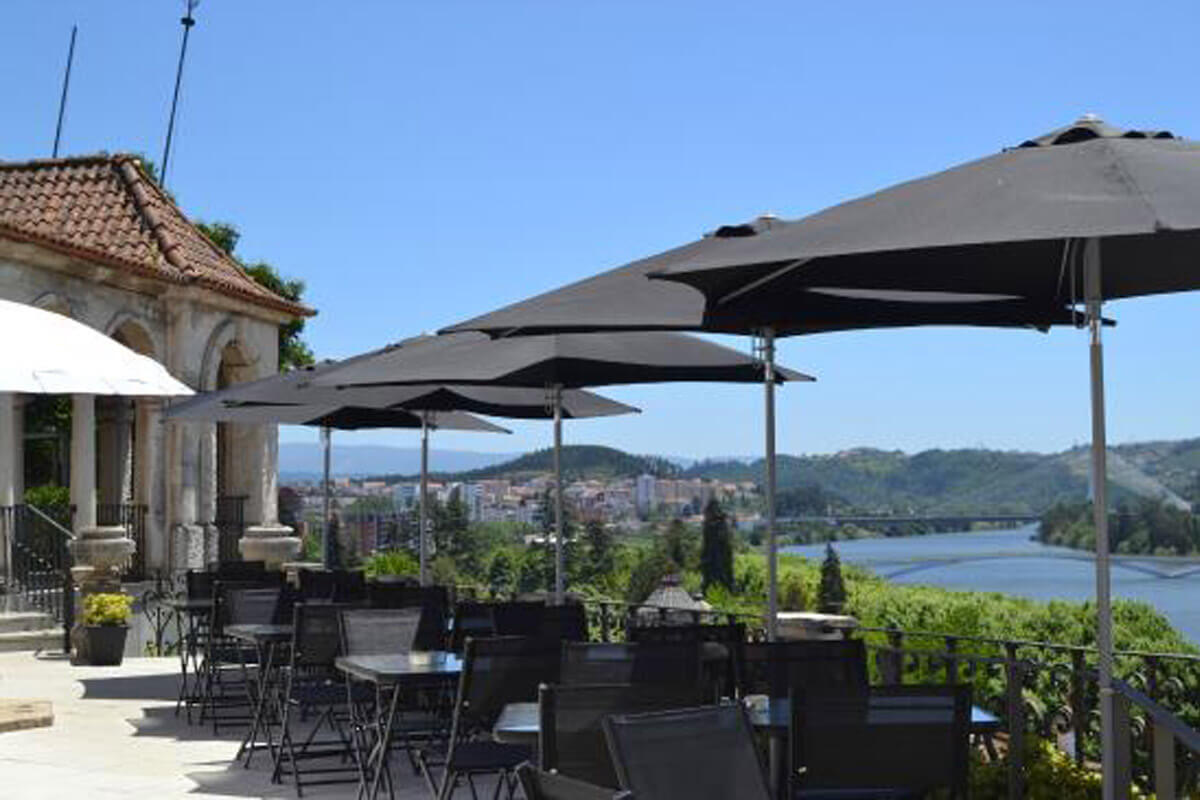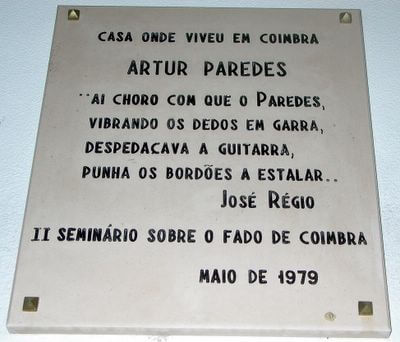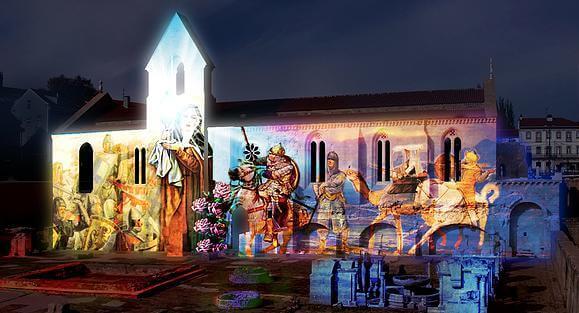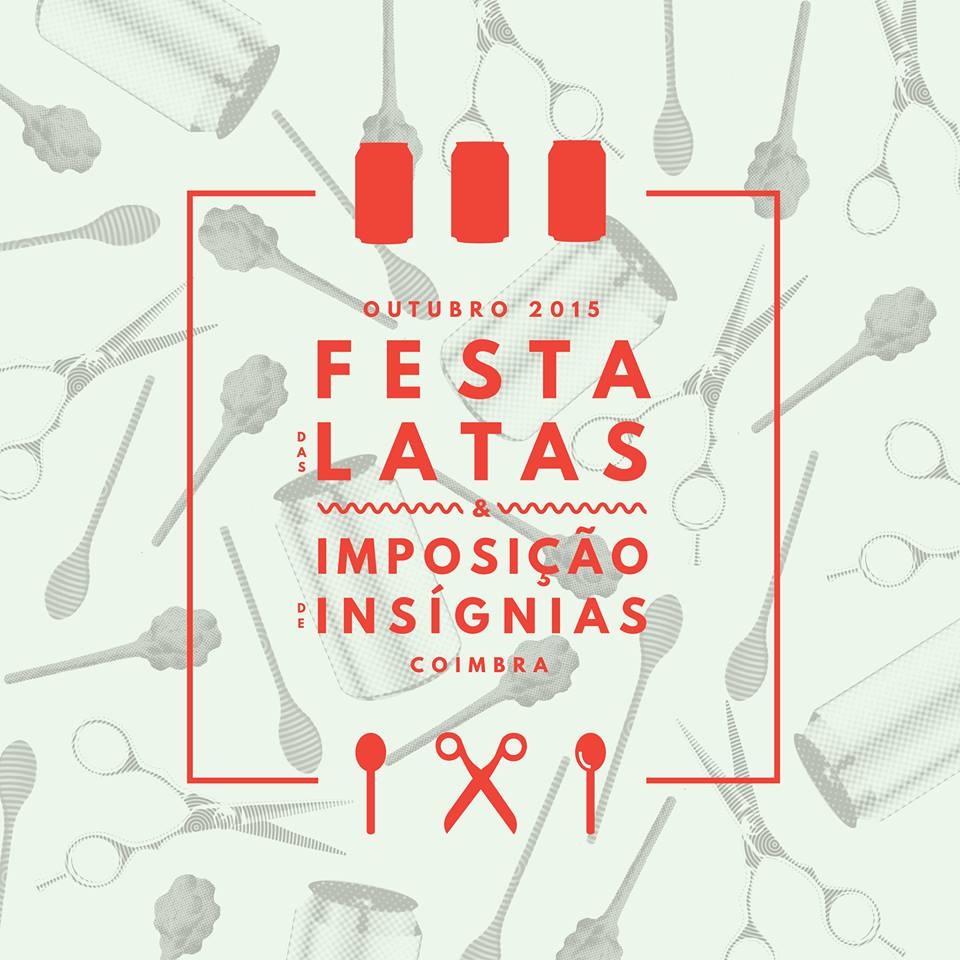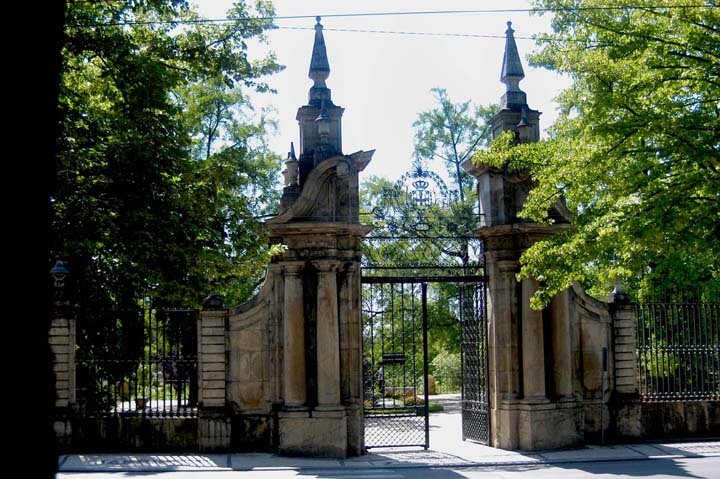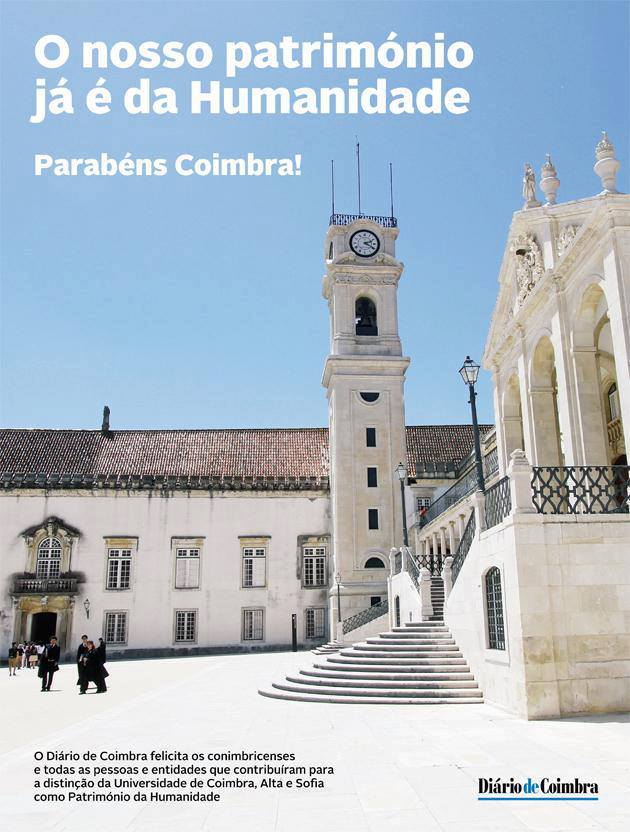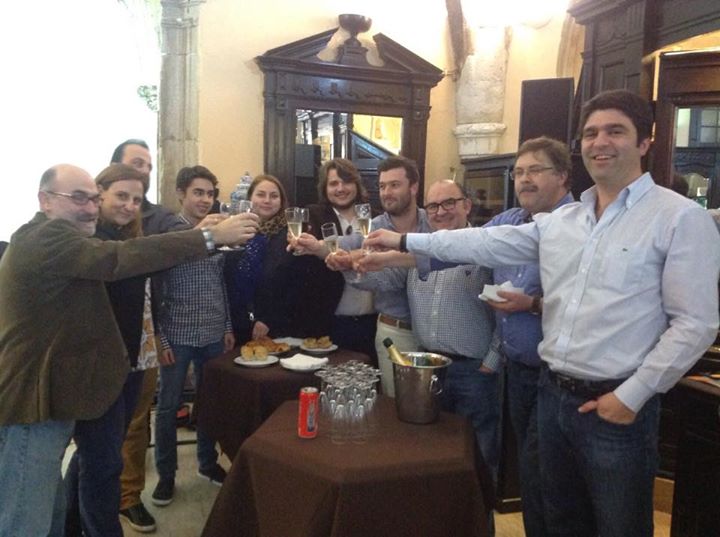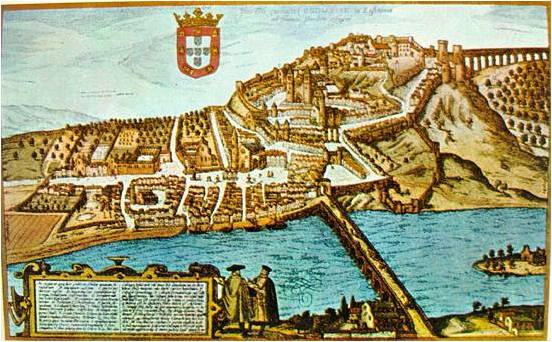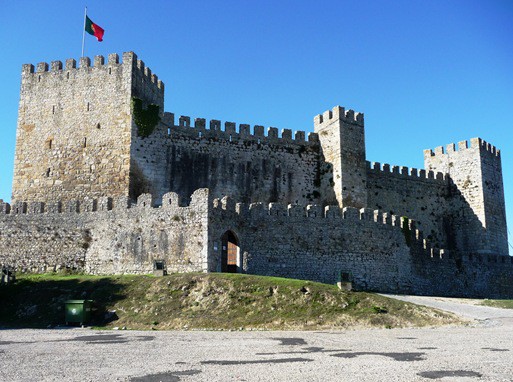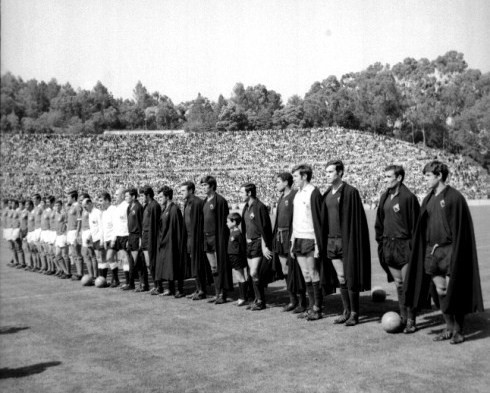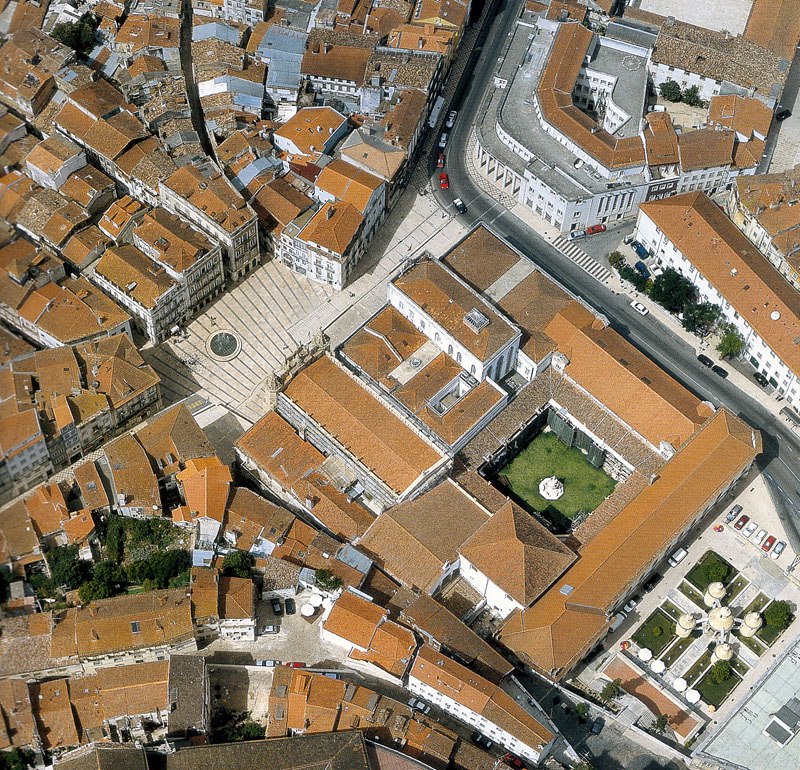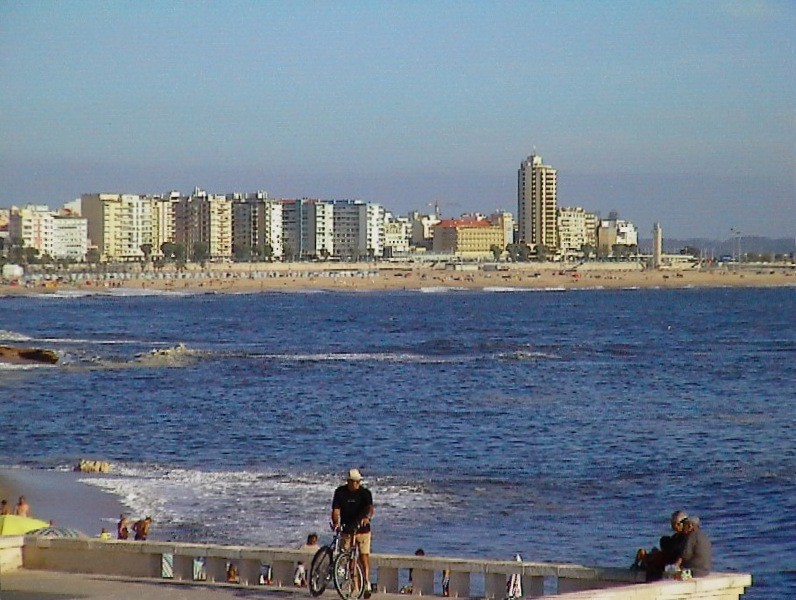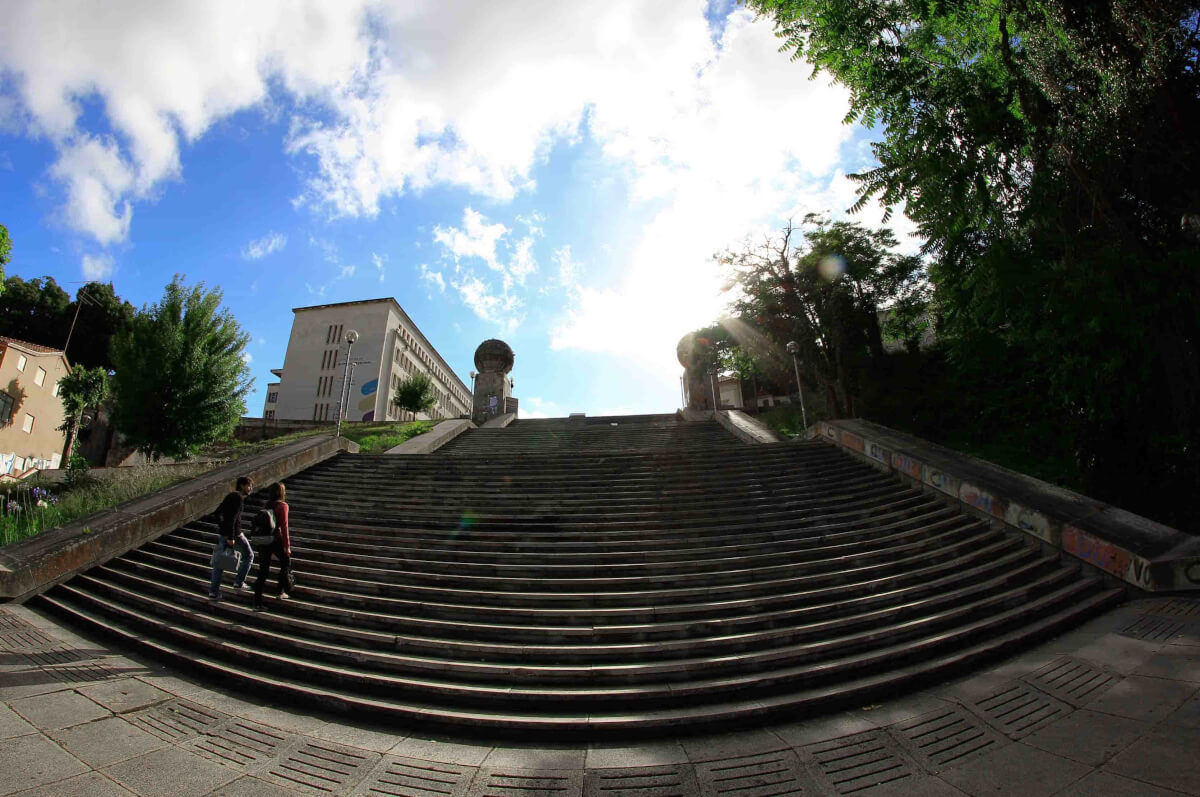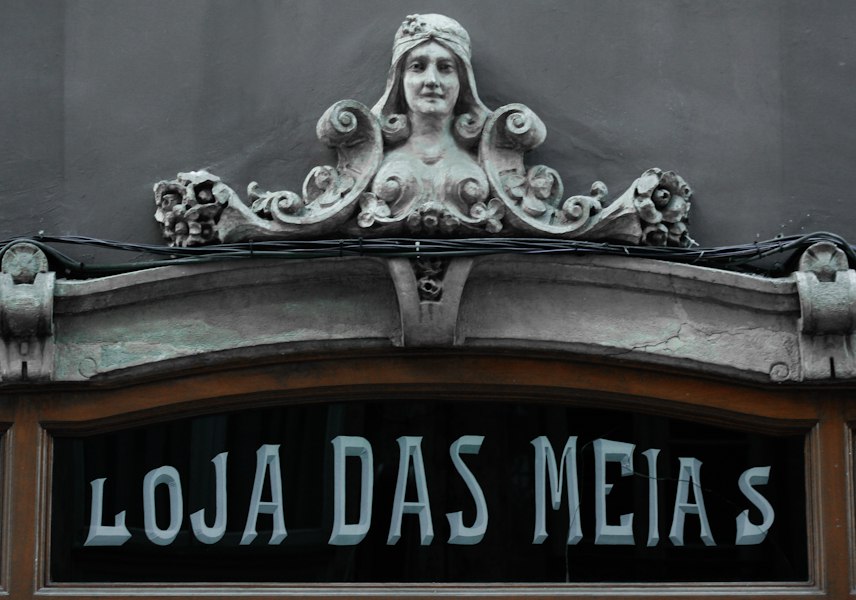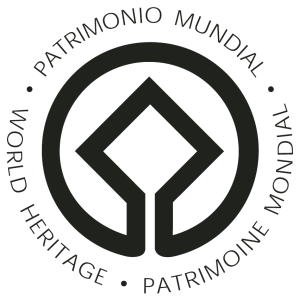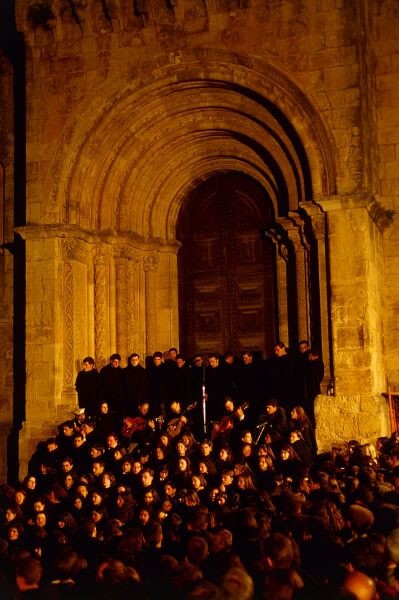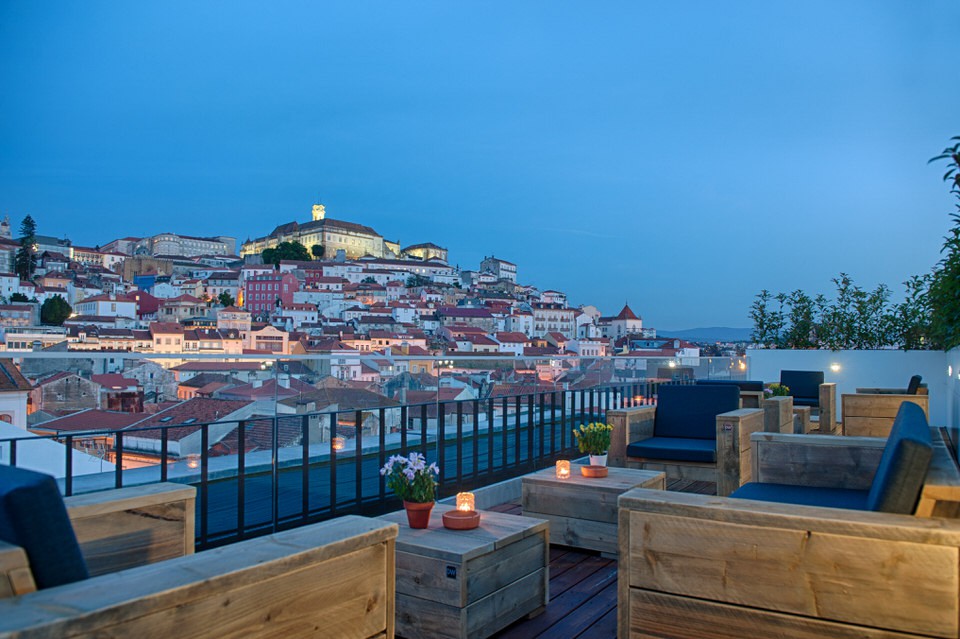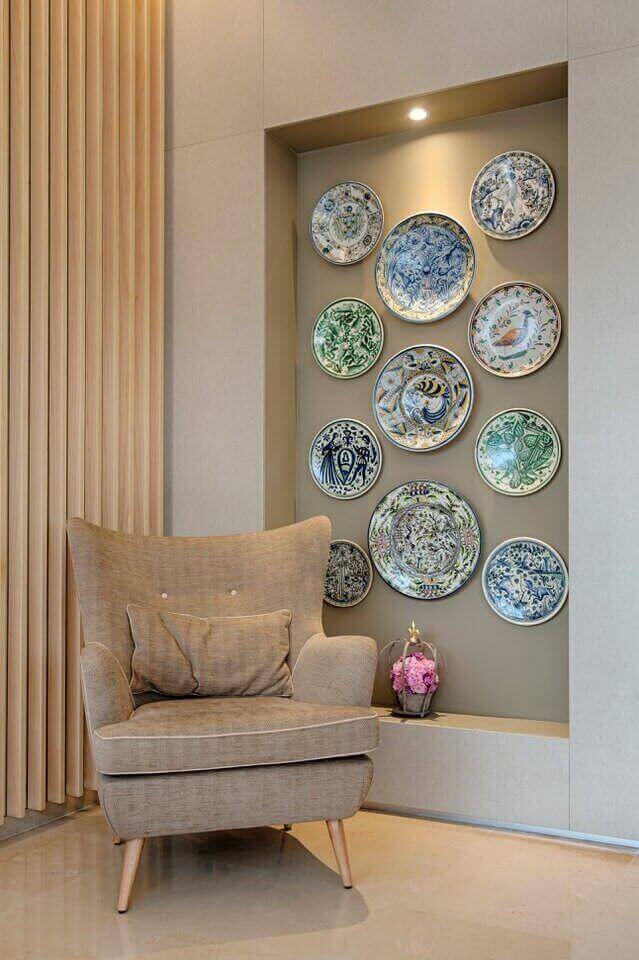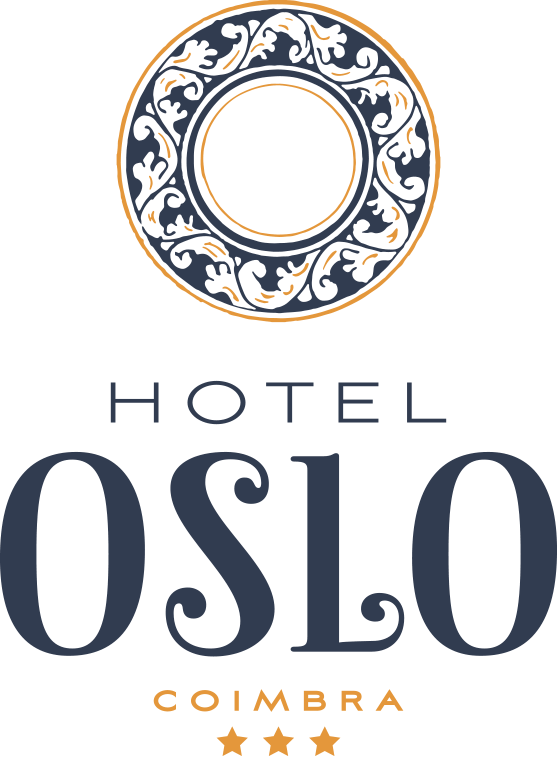The “Traje Académico” (Graduate uniform), also known as “Capa and Batina“, stands for characteristics of academic life such as gathering, equality, respect and unity.
“But what is its origin?” It was in the XVII century that the Academic Costume emerged and the influence of the Church in higher education explains the origin of the Costume in the Ecclesiastical Cassocks. Until the XVIII century, the Church was responsible for higher education including the clothing of students. For example, the number of buttons on the suit, the holes in the shoes, the emblems on the cape… are all odd numbers. This finds explanation in the meaning that odd numbers have for the Catholic Church: 1 means God; 3 is the number of unity and trinity; 7 means perfection. Besides, the even numbers have feminine symbolism and the odd have masculine symbolism.
In 1957, when the first code of academic “praxe” (code of practice) was published, the Graduate Uniform was seen as a symbol of equality: it came to represent respect, humility and fraternity. The “Traje Feminino” (Female Graduate Uniform) appeared in Porto, in 1915. Currently, the Graduate Uniform continues to be regulated by the Code of “Praxe”.
The Men’s Graduate Uniform consists of: Black Cape, Black cassock of non-ecclesiastical format, Black Trousers, Black waistcoat, Black tie, White shirt with normal collars, Black socks, Black Shoes on Simple format, Black Cap (optional).
The Female Costume is composed of: Black Cape, Black Coat, Black Skirt, Black Tie, White Shirt, Black Socks, Black Shoes on Simple format.
Tradition dictates, first-year students, should wear this attire for the first time in May, on the night of the Monumental Serenade of “Queima das Fitas”… the first moment of a week dedicated to academic life and festivities!
The Black Cape takes different forms of use depending on the circumstances in which it is being used: it´s always crossed over the left shoulder; when worn behind the back, it must have some folds on the collar, the number of folds corresponding to the year of the course or the number of matriculations; in serenades it has to be fully closed; in mass it is worn behind the back without folds; the tears in the cape must be made by important people and the emblems, sewn in the lower left part on the inside of the cape, represent important aspects of academic and personal life.
We need to mention the “rasganço”, a tradition at the end of the course that is over 700 years old. The whole academic costume is ripped by close family and friends. This tradition represents and marks not only the end of the course but also of the end of the academic life in the “city of students”, Coimbra!
More recently, the Academic Costume created in Coimbra, meanwhile disseminated to other Portuguese Universities, with its emblems and the association of colors to the different courses of the University, served as an inspiration to J. K. Rowling in the creation of the garments of the young magicians of the Harry Potter saga, because when she wrote the first book she was living in Portugal.


